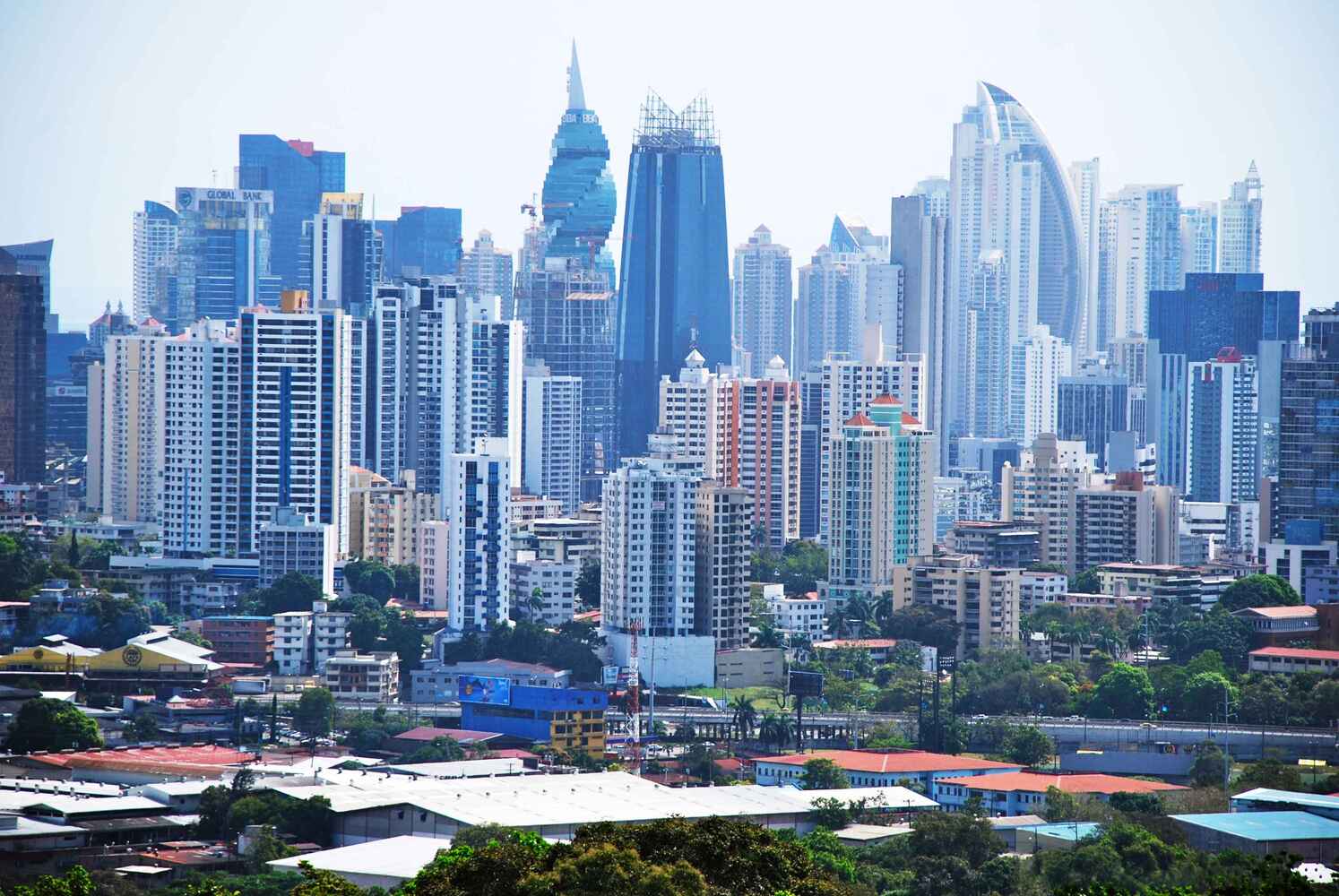Panama is a country that combines tropical nature, modern cities, and strategic importance for global trade. Due to its geographic location, it serves as a crucial bridge between North and South America as well as between the Atlantic and Pacific Oceans. But Panama is not just about the canal; it also boasts rich cultural heritage, unique ecosystems, and fascinating history. You may not know just how significant this country is for global processes, tourism, and environmental conservation. Below are intriguing facts that will help you see Panama from a new perspective.
- The Panama Canal is one of the greatest engineering feats in human history. It stretches about 80 kilometers and allows ships to cross between the Atlantic and Pacific Oceans in approximately 8 to 10 hours. This saves vessels from having to navigate around the entire South American continent via the Cape Horn route.
- Panama is the only country in the world where you can see the sunrise over the Atlantic Ocean and the sunset over the Pacific Ocean. This unique phenomenon is possible due to the country’s distinctive S-shaped geography. Such a geographical setup is extremely rare.
- The name Panama comes from the language of the indigenous peoples and means “abundance of fish.” This highlights the deep connection between the local population and the sea. Fishing remains an important part of the country’s economy.
- Panama is home to more than 1,400 islands, most of which are tropical and almost untouched by civilization. The most famous among them are the San Blas archipelago, the Pearl Islands, and the Coiba archipelago. Many of these islands are virtually uninhabited and preserve their wild nature.
- Panama City, the nation’s capital, is one of the most modern cities in Central America. It features skyscrapers, luxury hotels, large shopping centers, and historic colonial neighborhoods. The city also has the first metro system in the region.
- Panama boasts incredible biodiversity. The country is home to over 10,000 species of plants, around 1,000 species of birds, and more than 1,500 species of butterflies. Many of these species are endemic, meaning they exist only within Panama.
- There are more than seven officially recognized indigenous groups living in Panama. Each has its own language, traditions, clothing, and spiritual practices. The Kuna people, inhabiting the San Blas Islands, are among the best known.
- Panama does not have a standing army. The armed forces were disbanded in 1990 following the fall of Manuel Noriega’s regime. Today, the country’s security is maintained by police and civil defense forces.
- The official currency is the United States dollar, which circulates alongside the local currency, the balboa. The balboa is pegged one-to-one with the dollar but exists mainly in coin form. All paper money in use is U.S. dollars.
- The Panama Canal was originally started by France but the project was halted due to financial troubles and tropical diseases. In 1904, the United States took over and completed the canal in 1914. Panama regained full control over the canal in 1999.
- Panama hosts one of the world’s largest duty-free zones — the Colon Free Zone. This free trade area covers over 1,000 hectares and attracts businesses and buyers from all over the globe.
- Panama has over 500 rivers forming a dense network of waterways. Many of these rivers feature beautiful waterfalls and serve as sources of hydroelectric power. The Chagres River is the main one supplying water to the Panama Canal.
- Several Hollywood films have been shot in Panama, including scenes for James Bond movies. The combination of nature, history, and urban architecture makes it an attractive location for filmmakers. Panama’s landscapes perfectly suit tropical thriller settings.
- The country experiences two main seasons — the rainy season and the dry season. The rainy season lasts from May to December, while the dry season runs from January to April. Temperatures remain around 28–30°C throughout the year despite the rains.
- Spanish is the official language, but English is widely spoken, especially in tourist areas. English is commonly taught in schools from an early age. Many Panamanians are bilingual.
- The Darién National Park in eastern Panama is the largest and least explored park in Central America. It consists of pristine jungles, mountains, rare wildlife, and indigenous villages. Some parts remain practically inaccessible to tourists.
- The Panama hat actually originates from Ecuador but gained its name because it was widely exported through Panama. It became popular during the canal construction when workers and engineers wore it. Since then, the name “Panama hat” has been used worldwide.
- Panama Viejo is one of the oldest continuously inhabited European settlements in the Americas. Founded in 1519, it served as an important base for Spanish conquistadors. The ruins are now a UNESCO World Heritage Site.
- Active programs protect sea turtles in Panama. Five species, including leatherback and green turtles, nest on Panamanian beaches each year. Volunteers and environmentalists work to preserve these endangered populations.
These interesting facts about Panama reveal how diverse, strategically important, and ecologically unique this country is. It combines modernity with tradition, breathtaking nature with global economic flows. Panama captivates with its culture, pace of life, and natural beauty. It is truly a treasure of Central America worth exploring.





